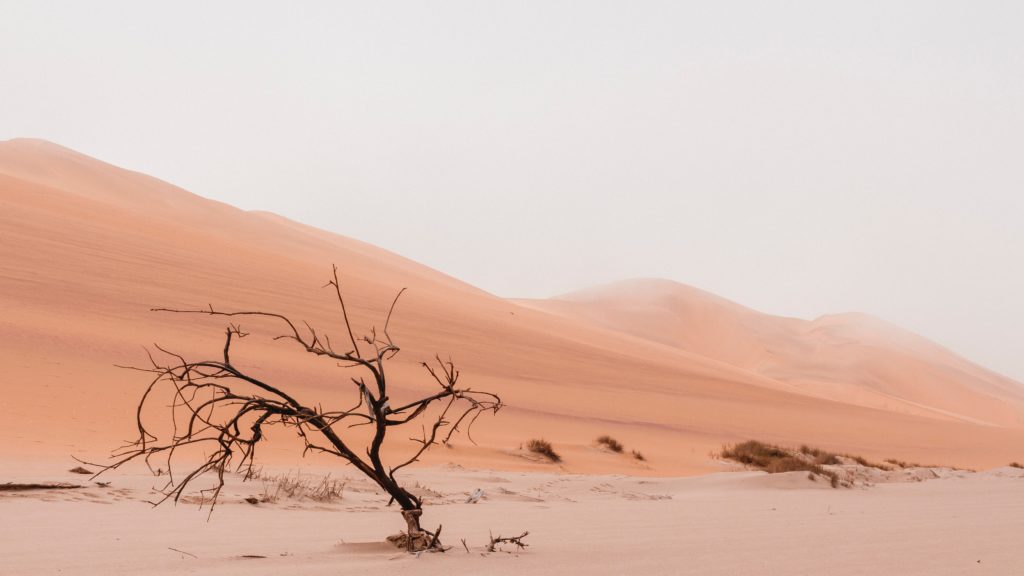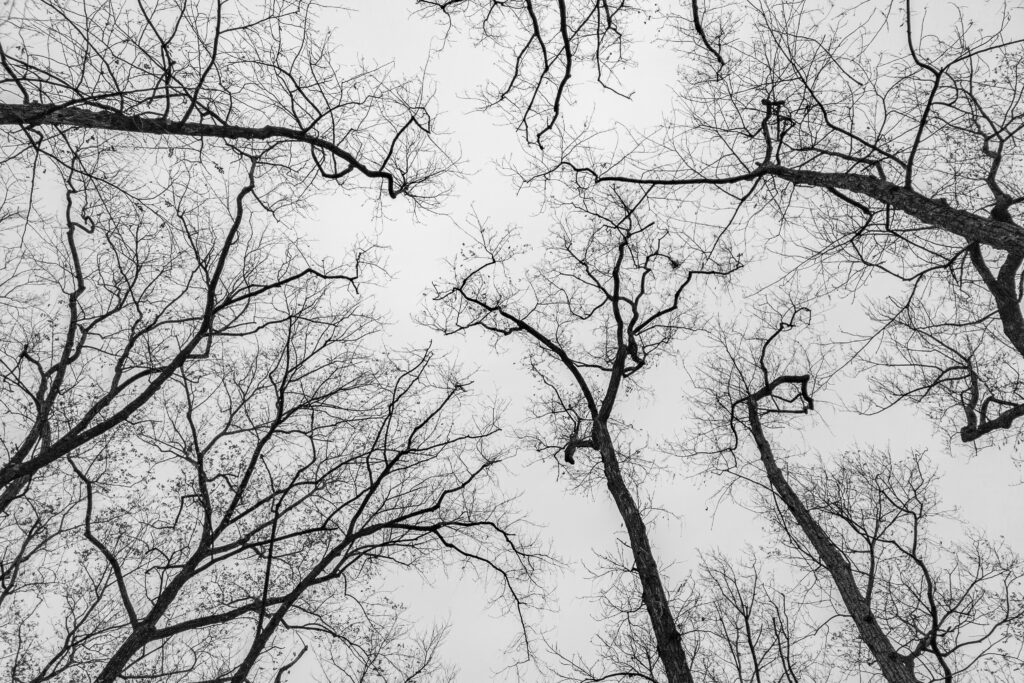Zapata Foots the Bill by Fernando A. Flores

At a shop called La Boutique off Monk Street and Breakfast Avenue, where businesses rarely lasted more than half a year’s lease, the muralist Eduardo Salamanca bought a dark brown shirt with an airbrushed image of the revolutionary Zapata. He walked out wearing it, with his old shirt in a plastic bag, and asked himself what else was in store for the day.
He’d been commissioned to paint a mural that needed to be storyboarded, and Salamanca wondered how to go about illustrating the mythical Book of the Face. This idea started out facetiously, then he saw there was some analog of truth to a thick book handed to you, filled with words detailing in simple, yet erudite sentences, descriptions of your own face. Eduardo Salamanca sat under the awning of Cosma’s Taco Stand downtown, thinking of the binding style a book like this would have, and shooed away the grackles, which—at least to him—were very mechanical in their movements.
He used the bathroom at a Chevron station and in the mirror, under his own shaved face, admired the determination and blue eternity in Zapata’s defiant expression and posture on his shirt.
A few blocks later he arrived at the civic center and stared at the wall—it was grey, like the rest of the building. Salamanca tried to focus to the point of thinking nothing, then an idea galloped toward him, dismounted, and asked him: At what point does a wall become a mural? When an image is imposed upon it. And at what point is a mural a wall again? When the image is vanquished, by time or by man. It was at this point that Eduardo Salamanca’s vision of the Book of the Face turned into a vision of the Wall—that in the Book of the Face, your own face is created not word-by-word, but with clay, and stone-by-stone. There is changing weather, battles, resistance and movements, but throughout all this each of our faces is eventually created.
For the first time, Salamanca felt he had to start the mural not with pad and paper, but with bricks and stones.
The day was bright and cool.
Salamanca removed the Zapata shirt and put on the old one he’d left the house in. For no real reason he hung the Zapata shirt on a bolt protruding from the grey civic center wall. He stood twenty feet away from it and stared at Zapata, who looked as stoic as ever from the shirt.
Then, like it was a challenge, Salamanca lifted a heavy stone from the ground and heaved it, landing just inches from Zapata’s boots. Zapata stared down Salamanca, like now it was serious business.
From his vest pocket Zapata pulled out a raw chicken leg, flung it up toward the scaly sky—a winged javelina flew down from the northeast, caught it in its jaws and tore it apart. Clouds swarmed in, turned brown and porous like an ant colony. The winged javelina flew into one of the ant-holes and disappeared.
Eduardo Salamanca found himself in the land where the entire world is reflected in mirages—the desert. Twenty feet away from him Zapata bent down and picked up the heavy stone at his feet. Zapata admired the stone like it was a skull or a tiny seed designed to create the mythical thousand forests—then, effortlessly, he flung the stone to the north. The stone elongated in midair and by the time it hit the ground it had turned dark violet, red, orange, then into a dark green snake that slithered away but didn’t seem to move. To Eduardo Salamanca, it appeared the snake’s head and tail were merely elongating in opposite directions, until both became part of the land and horizon.
In the meantime, Salamanca had many questions for Zapata. For instance: Has the prophecy been postponed for the moment? Or, Do we need to start recording and broadcasting silence?
Salamanca and Zapata both cautiously approached the eternal snake that’d manifested from the stone. Slime began to ooze from it. Zapata reached for his pistol, emptied the chambers into his fist, and as if anticipating the rumble of the earth, he flung the bullets at a rock that pierced through the ground from the direction of the head of the snake. The earth around them split open, and suddenly Zapata and Salamanca found themselves surrounded by giant rocks, walking through the lowest point of a Valley, far from the sun, surrounded by cyclones of mysterious, dark red hares hopping and chewing on stones. As it got brighter, the Valley deflated and Salamanca noticed the hares were not chewing on the stones, but polishing them with their faces. The land around them flattened out, the hares vanished, and Zapata signaled Salamanca to follow him.
Walking along, Salamanca and Zapata were approached by six men on horseback wearing gas masks, with machetes strapped to their backs and pistols holstered at their hips. The six of them saluted Zapata. From an encroaching yellow fog, two horses were heard, then seen. Zapata and Salamanca mounted the horses and rode with the men. The yellow fog was so thick Salamanca couldn’t see even the head of his horse as they rode. The yellow fog eventually turned achromatic and the world was dark and grey like a dull blade. All eight horses stopped and lined up side to side. It became apparent to Salamanca that they were at the edge of a precipice looking down upon a long, flat landscape and a colossal structure that ran from the snake’s head to the snake’s tail, as far as the eye could see. There were people shackled and chained, facing the structure—the wall—watching, as other unchained people carried bricks and pushed wheelbarrows filled with mortar. The chained people were dressed in rags, whereas the builders were stark naked. Salamanca looked up once again toward the masked riders, and wondered if they were overseeing and enslaving these people—if Zapata and himself had become complicit in this madness.
Salamanca’s horse must have slipped, because as it trotted along the edge with the others, it tumbled down the embankment toward to the forced laborers and the monumental wall. Salamanca picked himself up unharmed, horrified at this level of exposure—he anticipated some kind of military to pounce down on him at any moment. Scared, he ran between the chained people and the naked workers. He looked around for Zapata or the masked men, and, perhaps foolishly, expected a big, dramatic rescue from them at any moment.
Soon it became apparent that nobody was coming for Salamanca, neither to arrest nor rescue him. After walking for miles but what seemed like days, all he’d seen were hundreds of people in rags chained to the ground and the naked workers building the wall. Salamanca eventually forgot all about Zapata and the rock and the snake. He started to pay attention to the construction of this colossal wall. The process was unclear but hypnotic to him—he could see the naked builders working on the structure, but how the bricks were stacked all the way to the insurmountable top was a mystery. Soon, Salamanca began to have his own ideas about the construction of this wall. He found a spot between two nearly naked people chained down by their waists and ankles. Salamanca reached for a metal brace chained to a stone, and with his own hands clamped it around his neck. He sat on the sandy ground to watch the construction of the wall.
Time passed. It was impossible to tell how much, because the light came from a mysterious sun that never set, but Salamanca’s beard was down to his third rib and his clothes had turned to rags. It was funny, but Salamanca still got a kick out of watching the naked people building this wall, expecting at any moment it would be finished.
Long ago, one of his neighbors tore off her clothes and started participating in the construction, very dully, and very slowly. Long after that, the other neighbor followed. Salamanca got to the point where he thought about nothing, dreamed nothing, except the construction of this wall.
One day, he remembered his previous life—his life as a muralist. In a sudden impulse he removed the chain around his neck and got up. He jogged clumsily through the chained people, the naked workers—then, toward the darkness over the embankment. He crawled out of the Valley into a wooded area, and after working through tall grass and tree branches found a clearing. There was a patch of bright green grass, where Salamanca stopped to catch his breath and decide what to do.
Flies buzzed, the air turned rank and acrid. Salamanca saw the horses and all six mysterious riders lying on the ground just in front of him. As he got closer he saw the riders had had their masks pulled off. He looked for Zapata amongst the bodies but he was missing—however, there was the seventh horse, who had been shot.
Salamanca suddenly wanted no part of this scene. He turned and ran away into the dense forest. He thought, “The night. Could this really be true? A man like me, blessed to see the nighttime once again?”
He found a spot on the ground as good as any other and fell asleep to silence with the occasional howl and creaturely croak. Come dawn, something slithered under his body and Salamanca awoke with a startle, immediately picked a direction, and started running. He heard a sudden click, stopped, and turned to face a man pointing a pistol at him. The bearded Salamanca, in his ragged clothes, easily recognized the bearded Zapata, still wearing his uniform.
Zapata put the pistol away; both men laughed and rejoiced.
“Those riders that found us were spies for the other side,” Zapata exclaimed.
“No way,” Salamanca responded.
Both of them agreed: screw this conflict, screw this war; they decided to take a break. They found a raft by the river and went fishing for mackerel while whistling and singing old tunes. There was an orchard by the bend where they picked a whole satchel, put up a stand by the road with a sign that said FRESH APPLES, and after a few days of nobody passing by, Salamanca and Zapata accepted their fates. They kicked over the stand and said, “Screw this, too,” and went back to their conflict, back to their war.
Inevitably, the subject of ghosts came up and they started to argue. To Salamanca, the representation of a ghost as a floating sheet was outdated—perhaps a cheap visual gimmick carried over from the early days of trick photography. For Zapata, the floating sheet clearly represented something deeper than the hokey visual suggested. Agreed, there is clearly a person underneath the sheet and that is laughable. However, when we die we bid farewell not only this world, but also to our flesh, bones, and blood—yet our spiritual fabric continues. So if we’re leaving all this behind, and our souls, being this spiritual fabric, come back to haunt, that’s what we’d be. A bunch of floating sheets.
By the time Salamanca and Zapata finished their argument they’d ended up at a gate at the far end of the wall. The workers were long gone and there wasn’t a tree around for miles. Zapata flicked the latch, pushed the gate open. Both of them crossed through to the other side and carefully latched the gate behind them.
* * *
This was the story the muralist Eduardo Salamanca tried to tell in the mural along the civic center wall, using an amalgam of styles taken from Pieter Brueghel the Elder, Remedios Varo, and low rider truck art. The public accepted it indifferently. Nobody ever got it, and Salamanca never bothered explaining the story using words.


